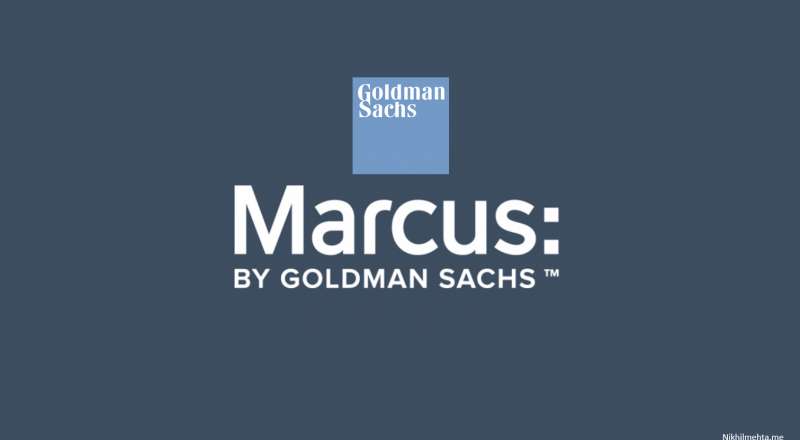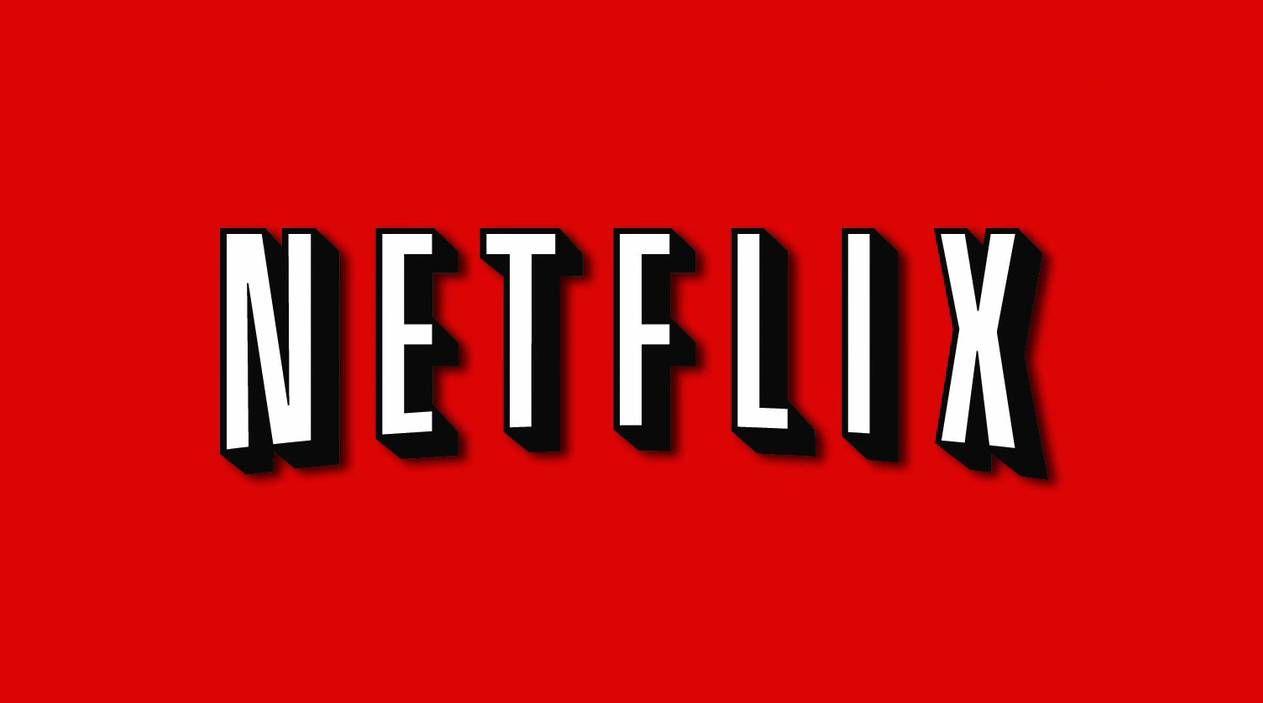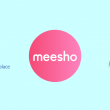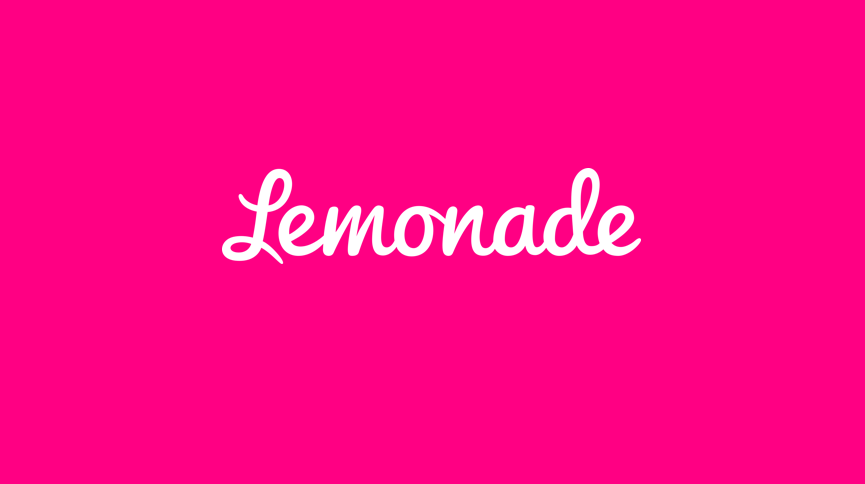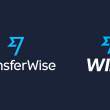Story of an Investment bank foraying into consumer banking
Goldman Sachs (GS) recently published their Q4 numbers. The numbers were beyond expectations. Though, one thing that caught my attention was their consumer banking offering, Marcus. Within its first five years it has already had four million-plus deposit accounts. They have crossed $97 billion in deposits. It is fascinating to see a 150-year-old investment bank enter in digital/new age banking space and make a mark (or should I say make a Marcus). The real question being why would an established player like Goldman Sachs foray into consumer banking.
Goldman Sachs – The 150-year-old legacy
Marcus Goldman started Goldman Sachs in 1869. Goldman was later joined by his son-in-law, Samuel Sachs. Goldman Sachs majorly focused on corporate investments, securities, and investment banking. The company saw multiple economic recessions during its tenure and survived them too. However, the 2008 financial crisis was different. Goldman Sachs sold a large portion of bad mortgages by hiding facts behind these mortgage-backed securities. This put a dent in their reputation. Goldman Sachs lost the trustworthiness they had gained over the years. For a brief duration, there was a possibility of GS possibly declaring bankruptcy too. They were penalized with a fine of $5 billion for their wrongdoings during the financial crisis.
“This resolution holds Goldman Sachs accountable for its serious misconduct in falsely assuring investors that securities it sold were backed by sound mortgages, when it knew that they were full of mortgages that were likely to fail,” acting associate attorney general Stuart Delery said in a statement.
Importantly around 2014, the liquidity provided by the central bank started to evaporate. These Financial institutes had to look for newer avenues to get access to cheaper funds.
Digital Banking bandwagon
Along the lines of the financial crisis, the advent of mobile phones and app stores came into the picture. Android and iOS saw the launch of billion of apps. Banking as a sector enabled basic transaction through these apps. Most large banks effectively did have their apps on mobile.
The parallel evolution of new-age banking called NeoBanking started to strengthen its existence. Neobanks essentially are banks without branches. Companies can either get a license for banking or could collaborate with large banks for their banking license. These neo-banks majorly target the millennial crowd and the underserved by the current banking system. Neobanks served millennials by providing a fantastic User experience, which the large banks could not do through their apps. These neobanks were a perfectly crafted solution for the underserved population.
Thanks to the technology innovation in banking, GS thought the time was just ripe. They understood these trends early and decided to foray into new-age banking. GS had been a leader in investment banking and through Marcus, they wanted to provide an excellent experience of banking to individuals as well. This new-age banking was a classic act of business diversification, which helped supplement their Cash cow business. Clayton Christensen’s book Innovator’s Dilemma identified that a great way of innovating in a new stream of business is by creating a dedicated subsidiary. Goldman Sachs implemented this strategy for foraying into consumer banking.
Marcus So far
GS opted to name this banking offering with its founder Marcus Goldman. As Omer Ismail, head of Marcus mentions, GS was looking to create products that were of great value, simple with transparency, and customizable.
Marcus, the digital bank from Goldman Sachs (GS), has had good traction since its launch in 2015. Marcus has been offering a high yield savings account, easy transfer of money, insights into your spending, and personal loan products. The standout offering from Marcus is their high-interest rates, also known as APY – annual percentage yield. They offer about 2% APY, which is one of the highest in their competition. Zero fee and High APY helped gain good traction for Marcus.
Growth of Marcus
Post-launch they did acquire GE capital money. GS was handling about 25K HNI clients till this acquisition. With the GE capital acquisition, they had a new segment that doubled their customer base. Though the target audience segment was different, this was a massive shift for GS. Further, Marcus also pocketed Clarity Money, to grow inorganically.
The organic and inorganic approach helped Marcus observe success in both numbers and regaining faith. Their geographic expansion to the United Kingdom witnessed unprecedented demand. The registration numbers shot through the roof in less than a week. Marcus had to pause the program and make it an invite-only to sustain the inflow of customers. Marcus launched their mobile app three years post of the product launch. A rare thing for a tech company these days, but Marcus managed to survive for three years without an app.
Marcus plans to launch some growth-oriented offerings next year. Recently, Marcus announced an incremental addition – Marcus Insights, to its digital banking platform. Marcus insights, an offering that would help cross-sell various financial products. We might see some innovation on the Robo-advisory front as well by Marcus sooner or later. Marcus also does plan to launch the most awaited checking account offering. Looking at the expectations, checking accounts could help Marcus double their customer base in no time.
Savings account in the context of the USA is a Fixed deposit equivalent. You cannot keep withdrawing as and when. For withdrawals and regular addition, you have something called a checking account.
Future for Marcus
Neo-banking is growing leaps and bounds. Competitors like N26, Revoult, Chime, and many more are utilizing VC money to improve their offerings. Banking is about to see an explosion of more and more neobanks. Competition is going to be steeper for Marcus. Having a strong parent organization and 150 years of experience, GS will always have a competitive edge against newcomers. With the rapidly changing digital landscape, it would be difficult to predict the long term future. GS might continue to acquire companies both from brick and Mortar and the neo-banking segment. Expect Marcus to be the next big thing in consumer banking.
Also Read – How a public sector enterprise in India revolutionizing payments
